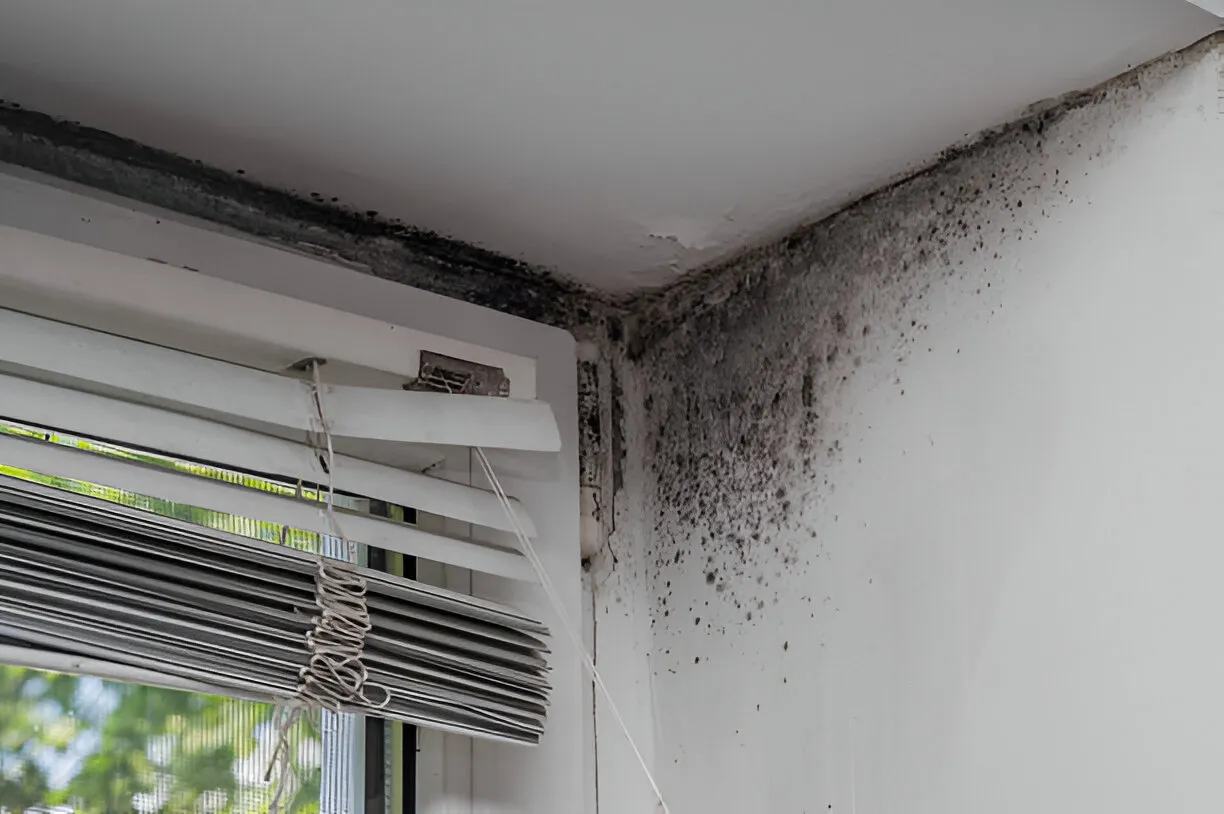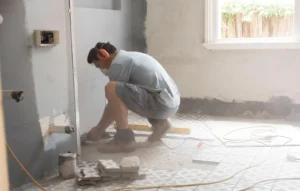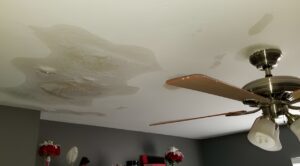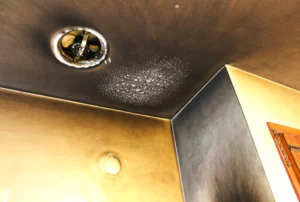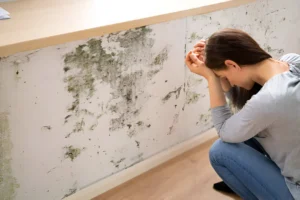Mold is one of those problems every homeowner hopes to avoid. It spreads quickly, damages property, and can even impact your health if left untreated. Here in Cincinnati, where we deal with humid summers, rainy springs, and freezing winters that sometimes cause burst pipes, mold issues are unfortunately common. When it appears, many residents ask the same question: will my insurance pay for mold removal?
The answer isn’t always straightforward. Insurance can cover mold removal in some situations, but it often depends on what caused the mold in the first place. At H2O Restoration, we’ve helped countless families in Cincinnati navigate both mold damage and the insurance process, so let’s break it down in simple terms.
Table of Contents
When Insurance Usually Covers Mold
Homeowners insurance policies typically step in when mold is the result of what insurers call a “covered peril.” That means the damage was sudden and accidental, not something that developed over months or years.
For example, if a pipe bursts during a harsh Cincinnati winter and water seeps into your walls, any mold that develops as a direct result of that water damage may be covered. The same goes for mold caused by a washing machine overflow, a sudden roof leak during a storm, or water used to put out a house fire. In these cases, the mold is seen as part of the damage from the unexpected event, and cleanup is often included.
That said, coverage isn’t unlimited. Many policies cap mold remediation benefits, sometimes at just a few thousand dollars. If the cleanup requires major repairs, the insurance payout may not cover all of it. Some companies offer endorsements or add-on coverage that increase mold protection limits, which is worth asking your insurance agent about if you live in a moisture-prone area.
When Insurance Won’t Cover Mold
On the other hand, insurance generally does not cover mold that develops from neglect or ongoing issues. If a small leak under your sink goes unnoticed for months, or if poor ventilation allows condensation to build up until mold grows, your policy probably won’t pay. Insurers consider this type of damage “preventable,” meaning homeowners are expected to take care of maintenance and repairs before they become major problems.
Flooding is another gray area. Standard homeowners insurance does not cover mold from floodwater caused by heavy rains or overflowing rivers. For that, you’d need a separate flood insurance policy. Similarly, if mold results from a sewer backup or sump pump failure, you would need a special water backup endorsement for it to be covered.
Why Documentation Matters
If you discover mold after a sudden water event, documentation is your best friend. Take clear photos of the mold and the source of the water damage. Write down when you first noticed the problem, when the event occurred, and what steps you took to address it. The more evidence you provide to your insurance company, the smoother the claims process will be.
At H2O Restoration, we often assist homeowners by working directly with insurers. We provide detailed assessments, moisture readings, and professional reports that support your claim. This helps ensure you receive the maximum coverage available under your policy.
Prevention Is Always Best
Even if your insurance might cover some scenarios, it’s always easier and less stressful to stop mold before it starts. In Cincinnati’s climate, that means staying on top of maintenance. Fix leaks promptly, keep your gutters clear, and make sure your basement or crawlspace has good drainage. A dehumidifier can help keep humidity levels in check, especially in summer months. And when temperatures drop, insulating pipes and keeping your home heated can prevent the frozen or burst pipes that often lead to mold growth in winter.
These simple habits not only reduce the risk of mold but also protect your home from water damage in general. Insurers are far more likely to approve claims when you’ve taken reasonable steps to prevent problems in the first place.
How H2O Restoration Can Help
Dealing with mold is stressful, whether insurance covers it or not. That’s where we come in. At H2O Restoration we specialize in both water damage restoration and mold remediation. Our team responds quickly, removes moisture at the source, and safely eliminates mold before it spreads further. We also understand how insurance works and can help guide you through the process.
Our services include: thorough water extraction and drying, professional mold testing and removal, and long-term solutions to prevent future growth. Most importantly, we do all of this with the urgency and care you deserve, because we know how disruptive mold and water damage can be to your family’s life.
Final Thoughts
So, does insurance cover mold removal? The short answer: sometimes. If the mold is caused by a sudden and accidental event—like a burst pipe in a Cincinnati winter—your policy may step in. But if the mold comes from long-term leaks, humidity, or flooding without proper coverage, the cost will likely fall on you.
That’s why it’s so important to read your policy carefully, keep up with maintenance, and know your options for additional coverage. And if mold does appear, remember that H2O Restoration
is here to help Cincinnati homeowners with fast, reliable cleanup and restoration.
Don’t wait until a small problem becomes a big one—whether it’s burst pipes, water damage, or mold, we’re just a call away.

